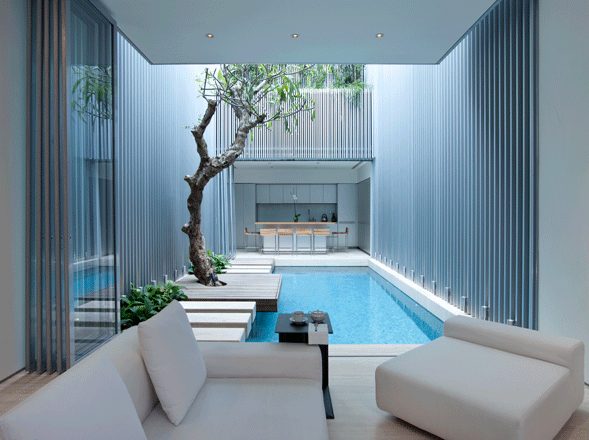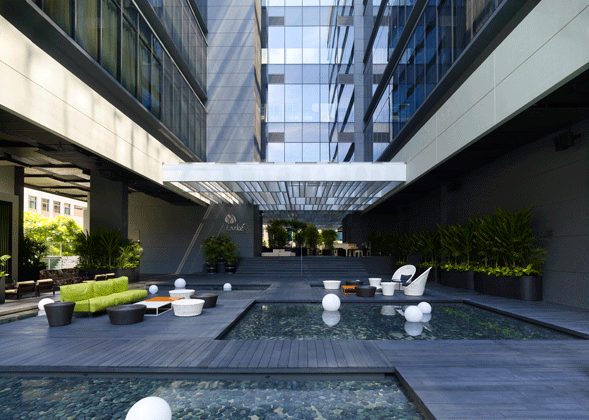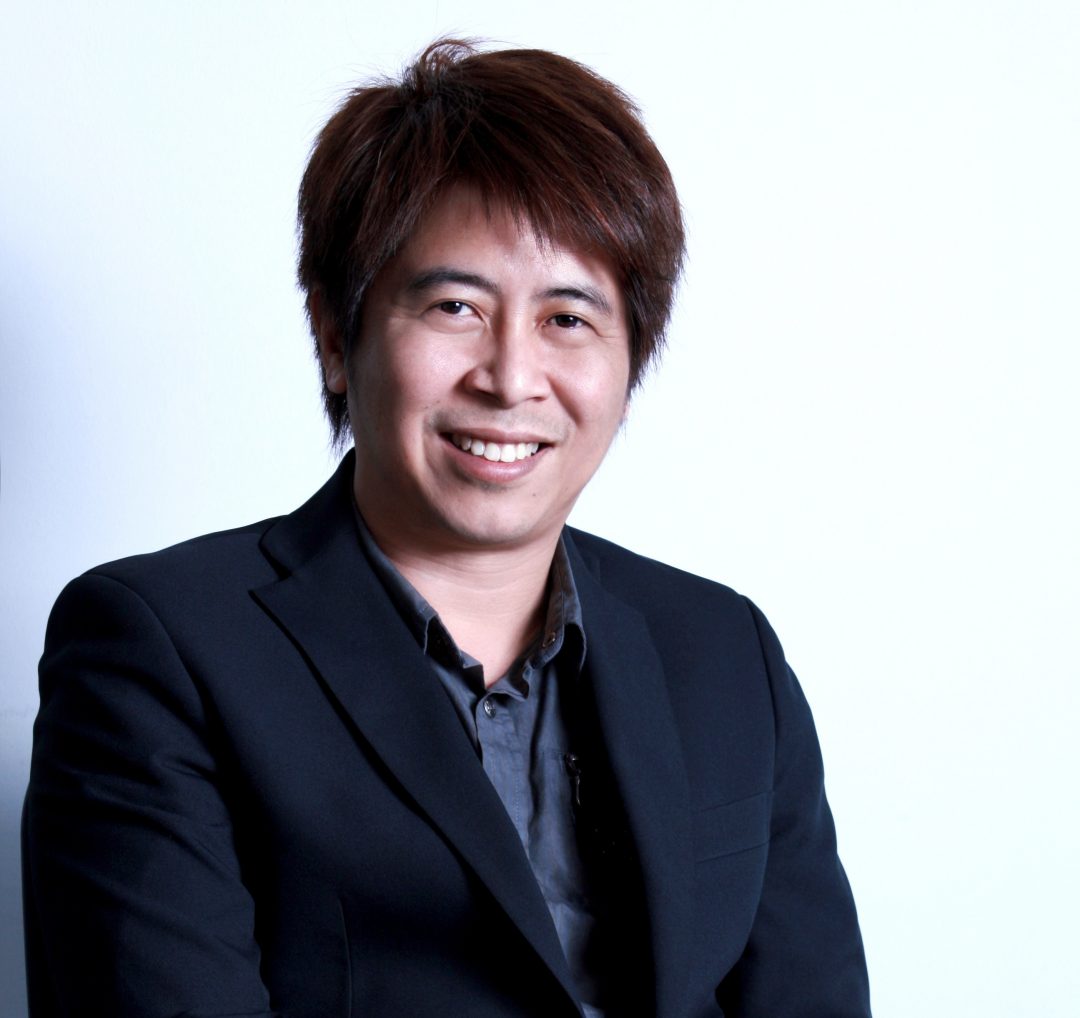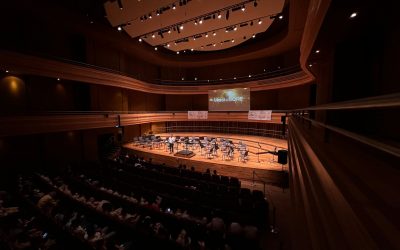Tai Lee Siang is one of the leading lights of architecture in Singapore. He leads Ong & Ong, a regional architectural practice, and served as President of the Singapore Institute of Architects. He shares his thoughts about architecture in Asia.
The Columnist (TC): How is architecture evolving to reflect Asia as a rising influence in the world?
Tai Lee Siang (TLS): With Asia now a centre of business focus, the number of new buildings being erected is unprecedented. This is both in terms of quantity and quality. For example, Asia witnessed the construction of the world’s tallest tower. We will witness even more buildings constructed in the next few years. The phenomenal population growth has also fuelled the development of more townships and cities all over Asia. With the economic engines firing all cylinders, it is no wonder that architecture in Asia is evolving rapidly. More architectural experiments and breakthroughs are taking place in Asia. A case in point is the CCTV HQ in Beijing that defies gravity and the convention of office typology. This year in 2012, the Pritzker Architecture Prize went to Wang Shu – a Chinese architect whose creations honour the past through salvaged materials. Asia is now the architectural playground and capital.

Overlooking the city centre of Ulaanbaatar, Mongolia, and backed against the picturesque Zaisan hills, the Steppez luxury villas are interspersed with landscape areas for community interaction. (ONG&ONG)
TC: Housing its population is a key consideration of governments in the fast-urbanising cities in Asia. However, have we forgotten what it really means to build a home?
TLS: The housing issue is always something that is sensitive and close to our hearts. This is also a topic that is multifaceted as Asia is not homogeneous in terms of economic, social and political conditions. In highly urbanised cities, homes are being tightly squeezed into what is commonly referred to as the “shoe-box” size – typically not larger than a hotel room. This is common in Japan, Hong Kong and now Singapore and even China. This is due to the high inflation rate of real estate as well as land scarcity. Governments are rapidly introducing cooling measures as well as policy controls to balance market forces and human needs.
On the rural front, poverty and exploitation continue to leave many settlements in ruins and slums continue to invade the geographical landscape of many developing economies.
Lastly, climate change has resulted in natural disasters that can destroy towns and settlements in the blink of an eye. These highly varied challenges face us today. However, these are also challenges that architects can meet through innovative solutions that mitigate their negative impact.

55 Blair Road, Singapore, a renovation and restoration project of a traditional art deco style shop house. To brighten up the house, the courtyard also serves as a large light well with reflective aluminum cladding on the walls to reflect sunlight. This set-up is also ideal for effective cross-ventilation to cool the interior naturally. (ONG&ONG)
TC: The rise of Asian cities has seen the engagement of brand-name architects from the US and Europe. Why do you think developers / urban planners find it difficult to find architectural talent here?
TLS: Local architectural talent, like talent anywhere, takes time to groom. US and European architects emerged after years of experiments. They also had a head start due to earlier economic growth and development. It is not difficult for developers and urban planners to find architectural talent from our midst. There is, however, a need for younger Asian architects to pay attention to branding and brand positioning. This is not taught in schools and few architectural practices understand this. Successful practices must not only provide good design but also be able to communicate clearly what they represent if they are to thrive.
TC: What are the challenges facing urban development in Asia?
TLS: Urban development continues to face the challenges of social, economic and environmental integration. This integration challenge is magnified by high density conditions of many cities in Asia. Due to the economic success of Asian cities, the population growth continues in high gear with an influx of foreign talent and labour. This poses a tremendous strain on the social harmony of the society. The common problem faced by these cities are inequality and stark differences between social groups in terms of wealth and income. Lastly, varied cultural habits within different social groups, often living side by side, produces a different response to environmental challenges. If we tackle these issues in isolation, the problems will not be solved. There is a need to address the challenges in an integrated manner.

Quincy, a 108-room boutique hotel tucked away in Mount Elizabeth’s residential enclave, is a trendy choice for the weary business traveller in Singapore. (ONG&ONG)
TC: There has been much focus on sustainability and ‘green’ buildings, but is it genuine or just talk to get more business?
TLS: In the push for sustainability and green buildings, there is always a sharp learning curve where the “buy-in” is slow. We have now crossed the threshold of learning and the market generally understands and demands green and sustainable buildings. In meeting the demand, it is unavoidable that there are genuine responses as well as examples of “green washing” to gain popularity. In either case, it puts us in a better position than in the past.
To help differentiate between genuine solutions and just marketing “chatter”, credible third party assessors or rating tools are required. These come in the form of green building rating tools such as GREENMARK, LEED and BREAM. I can foresee that with a maturing economy, rating and certification will set benchmarks and standards to ensure that only the genuine will be recognized.

JKC1, a house in Singapore that sits on a slight incline and overlooks a pool in the front yard, following the feng shui belief of balancing the “mountain” and “water” elements. (ONG&ONG)
TC: You have served as the president of the Singapore Institute of Architects. In your view, what should be the mission of architects today?
TLS: Going forward, the mission of architects should not really deviate much from ancient times. Our role is to help provide the creativity to transform a vision – usually the developer’s – into reality. Occasionally, the architect will provide a vision that surpasses the developer’s and create an icon in the process. With this as the core mission, the context may change but the architect’s role should not change drastically.

A mere stone’s throw away from the Singapore River, Studio M Hotel is in the heart of entertainment districts like Clarke Quay, Boat Quay and Robertson Quay, with architectural features that collectively paint an image of a ship moored by the riverside. (ONG&ONG)
TC: What would be your ideal project to work on, so as to shape the future of Asian identity?
TLS: My ideal project is to create a truly green town. This green town should be well balanced in terms of social, economic and environmental aspects. I don’t believe in deliberately shaping Asian identity, as cultural identity is already very much in existence and innate within the people with whom we work. My job is to help them discover the beauty of their identities and manifest that identity into the physical realm.
This interview was conducted for The Columnist, a newsletter by Consulus that offers ideas on business, design and world affairs.




